Editors’ Picks




Found in Robotics News & Content, with a score of 27.65
…2019. The aim of this collaboration is to leverage additive manufacturing to help address the issue of obsolete parts, reduce whole life rolling stock costs and enable vehicles to remain in passenger service for longer. This has the added potential to lower costs for train operating companies, as they can produce low run parts as needed, rather than mass manufacturing vast quantities, Stratasys reports. All parts have been designed for additive manufacturing and 3D printed using Stratasys’ Fused Deposition Modeling (FDM) technology. In addition, the components have been structurally assessed by ESG Rail for manufacturing using Stratasys 3D printed tooling…

Found in Robotics News & Content, with a score of 27.07
At Daimler, additive manufactured parts are already built into the interiors of buses. However, instead of using external service providers, Daimler Buses plans to set up its first service bases in 2020 as its own 3D printing centers for spare parts and individualized components. The production and delivery of a 3D printed part only takes a few days instead of several months. Logistical costs can be greatly reduced, and this production technology also produces significantly less waste, the company reports. Sintratec offers an affordable end-to-end solution in the field of selective laser sintering (SLS), which is suited for training and…
Found in Robotics News & Content, with a score of 27.05
…of becoming a provider of advanced product development and additive manufacturing services in the eastern U.S. This partnership marks a major milestone for Empire Group's CEO, Jason Enos, on his path to enable transformation in manufacturing. Enos launched Empire Group in 1999 with the goal of creating an environment where technology, craftsmanship and hard work would pave the way for companies to create better products in shorter time frames. Over the past 20 years Empire Group has expanded its offerings to add high-value manufacturing capabilities, including a wide variety of 3D printing technologies, that have helped Enos realize this vision.…
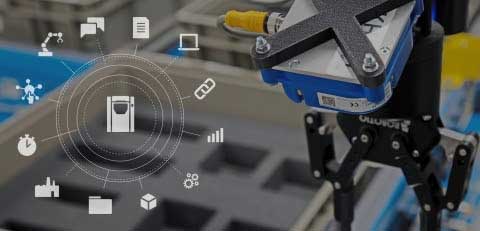
Found in Robotics News & Content, with a score of 27.05
…documentation, and code samples that enable development partners and manufacturing customers to establish two-way connectivity between Stratasys FDM 3D printers and enterprise software applications. Stratasys has previously introduced support for MTConnect, an industry-standard protocol that enables customers to communicate factory data. However, this standard does not support additional capabilities for sending and receiving printer commands and for remote monitoring. Stratasys is now meeting the need for more sophisticated two-way integration as part of its Industry 4.0 initiative. Initial partners for the GrabCAD SDK program include Link3D, the leader in additive workflow and manufacturing execution system software, and Identify3D, which provides…
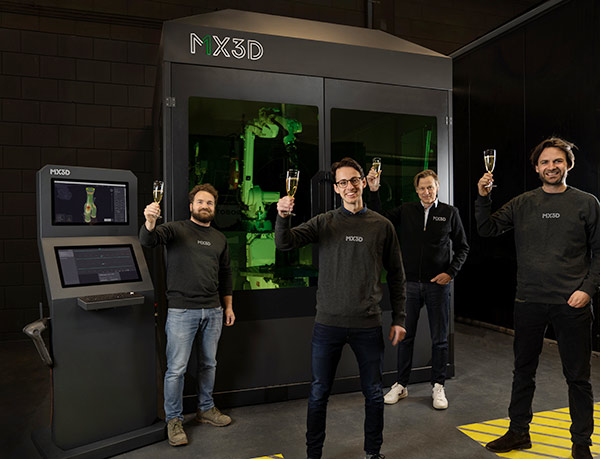
Found in Robotics News & Content, with a score of 26.81
…plans to use the funding to launch the M1 additive manufacturing system, which includes a welding robot, software, and control systems to 3D-print metal parts. MX3D also said it will accelerate development of the MetalXL software and control system to turn existing welding robots into industrial-grade 3D metal printers. Since 2015, MX3D has been developing robotic 3D metal-printing technology. It claimed that its technology allows for more flexibility and optimization in design and can save on materials, lead time, and costs across industries including maritime, oil and gas, and construction. The company added that it was a pioneer in robotic…
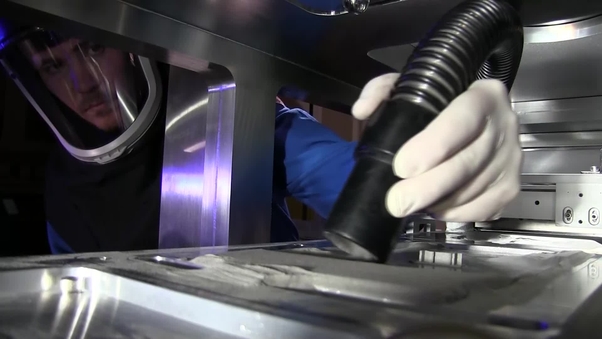
Found in Robotics News & Content, with a score of 26.81
As more companies explore the possibility of using metal additive manufacturing (AM) equipment to create both prototypes and production parts, the challenges of quality control and consistency with AM machines is becoming more apparent. The same part printed on the same machine at different times does not always meet the same specification. Sizes may be slightly off, or pores or cracks may be present. That lack of consistency is an ongoing problem, and one that the National Institute of Standards and Technology (NIST) hopes to address through a project conducted through the NIST Engineering Laboratory (EL) and Physical Measurement Laboratory…
Found in Robotics News & Content, with a score of 26.68
In late, February 2020, Additive Industries announced the finalists of the Additive World Design for Additive Manufacturing Challenge 2020. From a record number of 151 contestants, professionals and students, three finalists were selected per category. “We are pleased to notice that amount of contestants from all around the world increased, compared to last year, by 25%,” says Daan Kersten, CEO of Additive Industries. “The designs are submitted from all over the world and across different applications fields including automotive, aerospace, medical, tooling and high tech. They all demonstrated how product designs can be improved when the freedom of additive manufacturing…
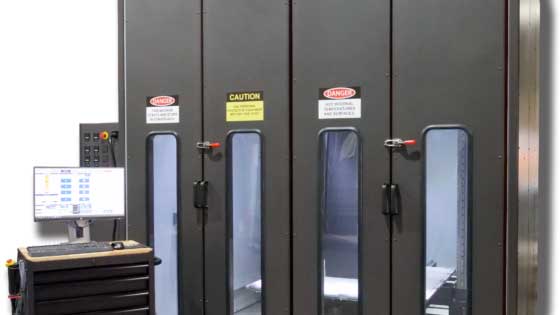
Found in Robotics News & Content, with a score of 26.67
…the Atlas 3.6 is one of the largest production additive manufacturing systems on the market with sextrusion technology and an actively heated enclosure, enabling customers to print large parts out of high-performance materials including CF-PEI, GF-PEKK, nylons, ABS and more. The Atlas 3.6 is designed to handle the additional weight and size of the machine, making it compatible with Titan’s Dual Pellet Extrusion and Hybrid Pellet + Filament Extrusion systems. Built with a heavy-duty, rigid design and components, the Atlas 3.6 can maintain accuracy and fast rapid travel speeds with the larger print area, the company says. “When several of…
Found in Robotics News & Content, with a score of 26.45
…of 3D printing as part of a connected, industrial manufacturing process,” says Stefaan Motte, vice president and Managing Director of Materialise Software. “Removing barriers of speed, scale and cost requires a closer integration between software and machine.” Desktop Metal, a leader in mass production and turnkey additive manufacturing solutions, will make the Build Processor available as an add-on software offering with its advanced metal 3D printing solutions, the Shop System for mid-volume manufacturing, and the Production System for high volume mass production. Metal Binder Jetting is carving out a valuable share in the metal manufacturing market by offering specific production…
Found in Robotics News & Content, with a score of 26.44
…of industry analysis and market forecasting data to the additive manufacturing industry, has released its first market study on the additive manufacturing of silicon carbide ceramics (SiC). In the report, the firm looks at upcoming development in the adoption of technologies for silicon carbide part production, resulting in an overall $530 million yearly revenue opportunity by 2029, including nearly $400 million in yearly revenues from silicon carbide applications and parts. This report seeks to present opportunities related to the implementation of SiC materials in AM, including the currently most adoption-ready processes such as binder jetting, laser sintering and ceramic filament…
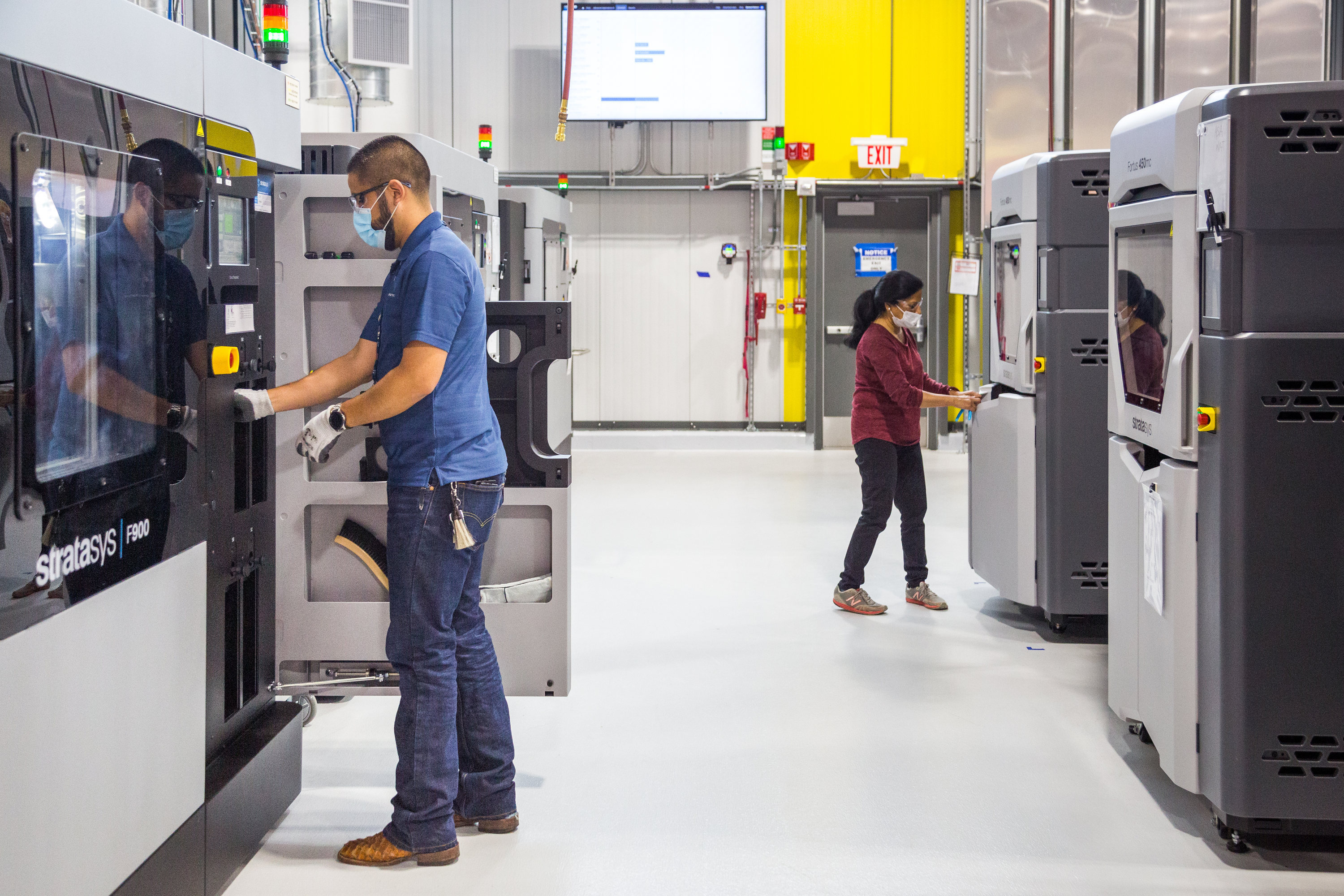
Found in Robotics News & Content, with a score of 26.39
…Motors (GM) is shifting its multi-decade road trip in additive manufacturing into high gear with accelerated efforts to expand tooling and manufacturing applications, including for its latest government contract to make ventilators and personal protective equipment (PPE) in the battle against COVID-19. GM has leveraged 3D printing for prototyping applications for years—in fact, 75% of the parts in the 2020 Chevy Corvette prototype were 3D printed. Now, fresh off a commitment to add 17 new Stratasys FDM 3D printers, GM is expanding 3D printing into production-grade applications like tooling and parts manufacturing. Today, more than 700 GM employees are trained…
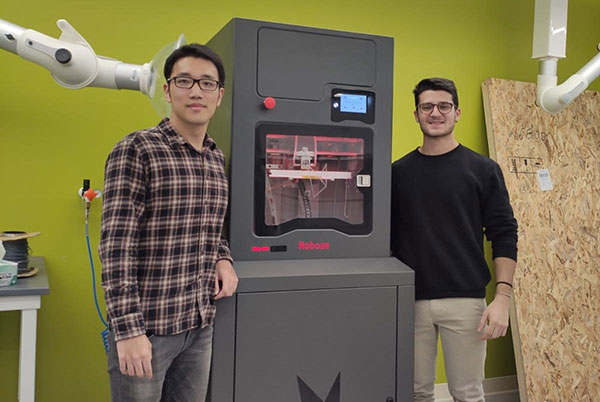
Found in Robotics News & Content, with a score of 26.38
…new FFF solution, ROBOZE One+400 Xtreme. CIMP-3D includes several additive manufacturing (AM) systems as well as a design studio and prototyping laboratory. Current research activity within the center is directed at the development of technologies that will enable greater use of additive manufacturing in industry. The ROBOZE One+400 Xtreme will be located within Penn State’s Department of Chemical Engineering. The new 3D printer is specifically designed to produce functional finished parts with high performance and easily prints advanced composite materials suitable for extreme operating conditions. It is equipped to enable new, significant innovations in the FFF 3D printing technology sector.…



